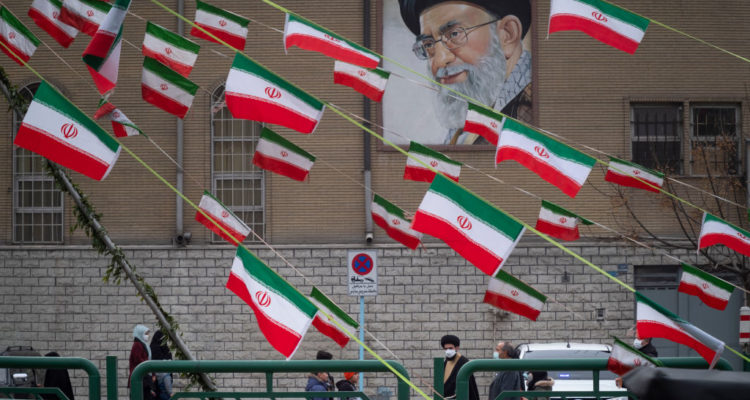This month marks the 43rd anniversary of the advent of Iran’s Islamic regime. It took power in the wake of the revolution of 1978–79 that toppled the Shah’s pro-Western monarchy, transforming the mainly Shia Iran into an Islamic republic, with an anti-US posture. It challenged the US-dominated regional order and the international system.
At the time, many critics regarded the regime as an oddity in world politics and seriously doubted its longevity. Yet, the regime has defied all predictions and grown to become an important player in the region and on the international stage. What has made it so durable?
The regime has managed to weather many serious domestic and foreign policy problems, causing it periodic regional and global isolation at a high cost for Iranian society. The challenges have included internal power struggles, a devasting war with Iraq in the 1980s, continued hostility with the US and its regional allies and Israel in particular, and US-led sanctions over Iran’s nuclear program and alleged support for international terrorism. There was also the Soviet invasion of Afghanistan, the US invasion of Afghanistan and Iraq (both Iran’s neighbours) and the rise of the anti-Shia Islamic State in Iraq and Syria.
Several factors account for the regime’s resilience, but three stand out. The first is the politically pluralist theocratic nature of the regime, as defined by the founder and first supreme leader of the Islamic Republic of Iran, Ayatollah Ruhollah Khomeini (1979–1989). The system of velayat-e faqhi (the guardianship of the Islamic jurist) that Khomeini established spawned an interplay primarily between two clerical factions.
Read the article by Amin Saikal in The Strategist.

